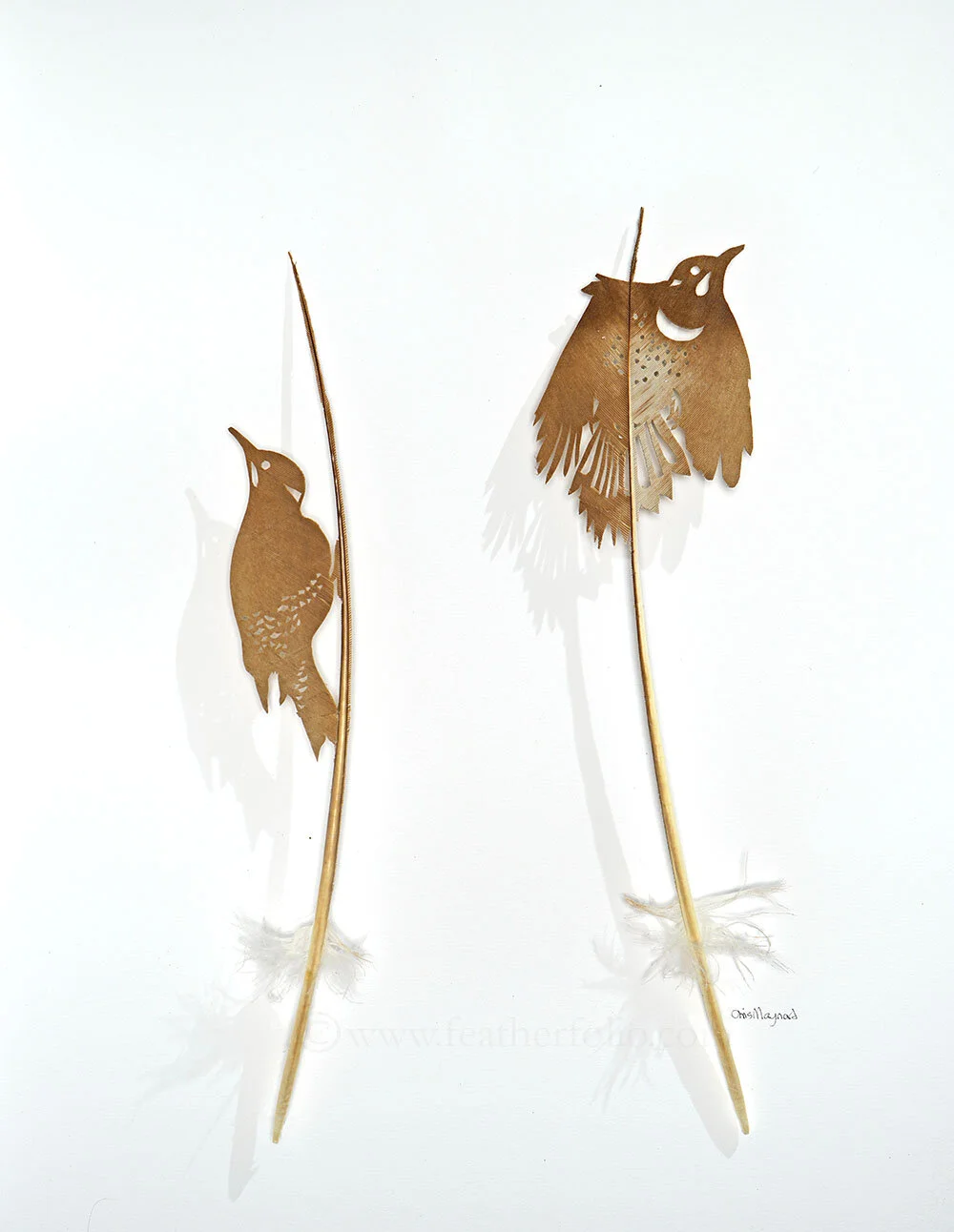Declan McCabe, who teaches biology at Saint Michael’s College wrote the following:
Last July, Rich Kelley posted a most unusual photograph to the Vermont Birding Facebook group with the caption, “Someone bit off more than he could chew.” The photo, taken in the Missisquoi National Wildlife Refuge, showed a belted kingfisher weighted down by a mussel clamped firmly onto its beak. They were locked in an embrace that, absent intervention, would have been fatal for both; thankfully, Rich effected a rescue.
The photo inspired a rare eureka moment. I strung a few scientific facts together and jumped to a possibly outlandish conclusion: this had been deliberate action by the mussel, doing what mussels do, misinterpreted by a kingfisher, doing exactly what kingfishers do.
Before you write me off as a biologist out in the sun too long, bear with me while I present the facts. First, consider the kingfisher. The name says it all: they fish and fish well. Kingfishers are visual predators that drop from high perches to execute full body dives so their spear-shaped beaks cut through the water – but not through the fish! That’s right, contrary to popular belief, kingfishers don’t spear fish. Instead, they open wide and close their bills to firmly grip their slimy prey.
To really evaluate my speculation, I needed to find out if the belted kingfisher menu extends beyond fish to include, perhaps, eastern lamp mussels. I learned that the kingfisher’s diet may comprise insects, crayfish, and occasionally small mammals, amphibians, and reptiles. But the king’s share of their diet consists of fish. Nowhere in the papers I consulted were mussels of any type part of the kingfisher’s meal plan.
The first part of my quest was complete: it seemed unlikely that the kingfisher in question was out hunting mussels. My next step was to explore mussel biology to see if the timing of Kelley’s photo was right for my hypothesis.
Eastern lamp mussels don’t generally travel far. To disperse, they act like submerged hitchhikers. Larval lamp mussels, called “glochidia,” attach to fish gills for about a month and travel as far as the fish swims before dropping off in their long term home. How they attach to the fish is the link in the chain that may just have accidentally ensnared a Vermont kingfisher.
Lamp mussel glochidia don’t swim, and they remain in their mother’s pouch until a fish makes direct contact with mother mussel. Direct fish-mussel contact has not been left to chance. When the season is right, the mother lamp mussel grows an extraordinary structure that hungry fish just can’t resist.
Sprouting from its soft tissue, and protruding between the half shells, the mussel grows a near perfect “fish.” At the “head” end is often an eye spot, and at the opposite end, a tail complete with fish-like patterns and even a delicate set of fins. To complete the ruse, the mussel twitches its little lure, like any good angler, to catch the eye of a passing fish. Ideally, the lure attracts a yellow perch, which is the only known host for eastern lamp mussels. Real fish strike at the little fake “fish,” and the mother mussel ejects her glochidia, which promptly clamp onto the fish’s gills.
Another question essential to my theorized plot is when does all of this happen? Scientists on Lake Ontario found glochidia on yellow perch gills in both May and August. So it’s reasonable to expect appetizing mussel-fish lures in July in Lake Champlain.
If the mussel lures are convincing enough to entice fish to strike, it’s a small leap to imagine that they may fool a different visual fish predator: the kingfisher. A leap of faith and imaginative conjecture however, is not enough to provide scientific certainty. To truly support my hypothesis, I’ll need to schedule an interview with a certain kingfisher. And I’ll ask the question every teenager dreads: “What WERE you thinking?”
Declan McCabe new book, Turning Stones: Life in Freshwater (McDonald & Woodward Publishing) includes this and many other essays.





















